Very and not very infantry fighting vehicles
First, a little background. The need for infantry action in the conditions of the enemy's use of nuclear weapons, increasing the overall mobility of motorized rifle subunits in battle, equipping them with additional fire support, greater than that of armored personnel carriers, served as the beginning of the creation of a new concept in military equipment.
In the Soviet Union, in relation to these requirements, the scientific and technical committee of the GBTU, together with specialists from the Scientific Research Institute BT (Kubinka) and the Military Academy of Armored Forces at the end of the 1950s, developed a technical assignment for a promising combat vehicle.
According to the technical specifications, the new combat vehicle was supposed to have:
1) cross-country ability and maneuverability are not lower than that of promising medium tanks;
2) armor protection against fragments of mines and shells, small arms and automatic cannons at ranges of up to 600-800 meters, as well as protection against weapons of mass destruction;
3) armament, providing fire support to a dismounted landing force and the ability to fight enemy tanks and armored vehicles;
4) the ability of the landing force to conduct fire combat from the vehicle under the cover of armor and quickly dismount if necessary;
5) radio equipment, providing continuous communication with both the commander of his unit and with tanks;
6) means of disguise;
7) observation devices similar or similar to observation equipment from tanks.
The victory in the competition was won by the Chelyabinsk Design Bureau under the leadership of Pavel Pavlovich Isakov. However, it should be noted that many fundamental technical solutions proposed at the competition by specialists from Kurgan and Volgograd were also included in the final design of the machine, the revised project was designated "object 765".
The new infantry fighting vehicle was officially put into service in 1966, and its layout has become classic for the world practice of creating vehicles of this class.
The Soviet BMP-1 met the requirements of protection against small arms fire and small-caliber automatic cannons in frontal projections, had a low silhouette of the vehicle, which reduced its visibility and made it possible to make the most of the terrain folds for cover on the battlefield and to ensure a convenient landing towards the stern.
Our troops then received a powerful combat vehicle, in many ways ahead of the development of similar vehicles in the armies of other states.
An earlier French version of the AMX-VCI M-56 BMP (Véhicule de Combat d'Infanterie, infantry fighting vehicle) was created by arming an armored personnel carrier with a 20 mm cannon, and the entire series of armored personnel carriers was created in the 50s on the basis of the AMX-13 light tank.
Only the AMX-10R became a specially created BMP in France, the first prototype of which was developed in 1968, and production itself began in 1972, later than in the USSR.
In the photo AMX-VCI M-56 and AMX-10P:
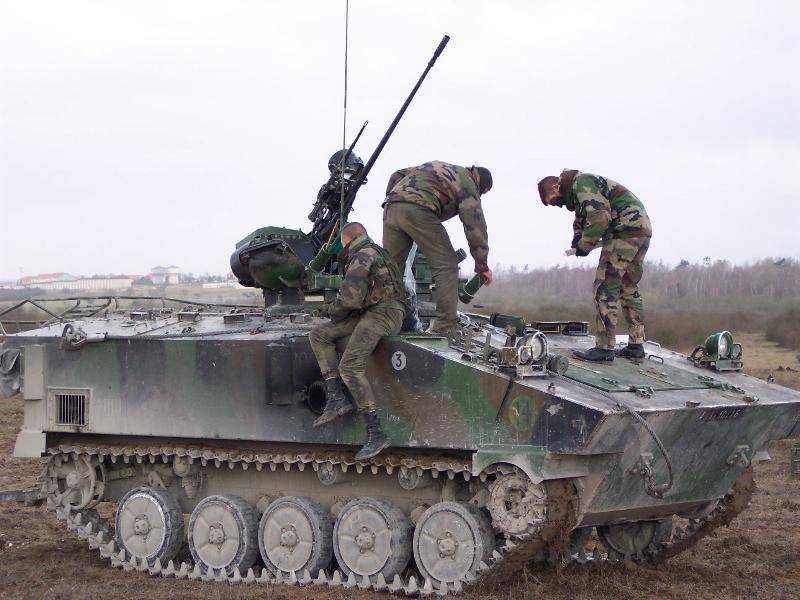
The high maneuverability and versatility of the BMP-1 served as the basis for the creation in our country of its own combat vehicle for the Airborne Forces. On the initiative of Vasily Filippovich Margelov, the development of BMD began in 1965 at the Design Bureau of the Volgograd Tractor Plant ("object 915").
Serial production of the BMD-1 was started at the Volgograd Tractor Plant in 1968, even before the official adoption of our army.
Both vehicles, BMP and BMD, were armed with 73-mm 2A28 "Thunder" guns and a coaxial 7,62-mm PKT machine gun, along with a 9M14M ATGM. In addition, the BMD-1 received two more PKT course machine guns.
Later, in foreign armies, BMPs also began to enter service and develop, but nothing like our BMD was created.
Even the BMD-1 is still out of competition (the PLA is an exception), especially the BMD-4M.
The only solution for paratroopers in NATO turned out to be in the German army, this is the "Wiesel", the first vehicle, in fact, a tankette, was assembled only in 1989.
The base of the Wiesel machine served as a platform for its use in various versions (for example, an ambulance, a self-propelled mortar, an air defense system).
The crown of maneuverable and versatile vehicles for our troops was the BMP-3 and BMD-4M, which also became platforms for military equipment based on them.
Here it must be emphasized at once that BMP and BMD in our country were originally created as universal combat vehicles. We did not have such a class of BMP, which began to be defined as a heavy BMP.
What kind of combat vehicles do we need? This is what I want to talk about.
Where and why did the Soviet infantry fighting vehicles suddenly receive the nickname "mass grave of the infantry", which was widely disseminated in the media, how deserved it?
After the collapse of the Soviet Union, the photographs of our military columns, where the infantry sits on top of the BMP / BMD armor, which appeared after the collapse of the Soviet Union, became an additional "argument" for defaming Soviet equipment.
In many ways, criticism of the entire Soviet school of tank building began in the era of reforms under the pole of capitalism, when the military doctrine itself was changing.
Thus, it was assumed that it was unlikely, even the impossibility of a major war in friendship with the United States and in cooperation with NATO. Mainly local conflicts and anti-terrorist operations were distinguished, for which a small contract army with equipment against militants and terrorists was supposed.
It should be noted that even in the war in Afghanistan, the Soviet Army had to fight against an enemy that did not have the combat arms inherent in full-fledged armies, in fact the entire Afghan war was a fight against militants, who in many ways used partisan tactics.
Naturally, army equipment, in particular, our BMP and BMD, were less suitable for this than special police equipment (if we had it then), using MRAP technology (mine resistant ambush protected, that is, protected from undermining and ambush attacks, mine-resistant, ambush-protected).
But in any case, on the mountain serpentine of Afghanistan, both the British Warrior BMP or the American Bradley would be vulnerable, as well as many more modern combat vehicles, which could receive a more powerful land mine under the bottom or hit directly into the roof of the hull during fire from mountain slopes.
Unfortunately, it is useless to explain to many that, in addition to armor, good work of reconnaissance and sappers, air cover, the general coherence of the passage of the convoy, in which there could be onboard vehicles, and truck cranes, tank trucks, and other vulnerable equipment and cargo, was also important.
Being on the armor often made it possible to quickly detect the enemy and quickly dismount, taking up defense. Of course, this also made it easier to endure the heat and increased the chances of surviving a mine or land mine explosion. The specifics of the hostilities forced them to look for effective solutions for the equipment and weapons that were available.
But unambiguously, no one would have moved on an infantry fighting vehicle or BMD to attack. Not the BMP and BMD were bad, it was just that the equipment for that war needed a little different.
Here we will return to the main question. What infantry fighting vehicles do our army need now and do they need them at all?
A generation has grown up that did not serve in the army at all or only served one year somehow, connoisseurs of "World of Tanks" appeared en masse, great specialists in "pumping" equipment, when in the most magical way weapons, armor, mobility are increased in the game.
Probably, such "veterans", who have repeatedly "burned" in network tanks, should most of all stand up for the comfort of a computer chair and the safety of a bomb shelter.
No one is against the convenience and increased protection, but not everything is so simple and straightforward.
What is this passage for? Besides, if we talk about such a phenomenon as "heavy infantry fighting vehicles", then the topics of maneuverability, weight, dimensions and weapons will be very important and interrelated.
It is impossible to add anything, to strengthen, without diminishing, without weakening other qualities. Otherwise, we will get a new "Mouse", and ideally an underground bunker, with air conditioning for a can of beer.
If we are talking about an infantry fighting vehicle, then immediately it is necessary to highlight its fundamental difference from the armored personnel carrier, and this is an addition to the transport function of reinforced weapons, a fire component.
In this, the BMP is initially more versatile, and the armored personnel carrier is more specialized. It makes no sense to argue about the pros and cons of specialization or versatility, but it should be noted that a universal technique will be inferior to a specialized one in a specific task, but surpass it in a complex solution.
After dismounting the infantry, the BMP ceases to perform a transport function and can use its reinforced weapons.
We have a very heavy BMP T-15 (more than 55 tons - combat weight). The width of the car (with side elements of the remote control) is 4,8 meters, the length is 9,5 meters, and the height is 3,5 meters.
True, while this model is being tested and acts as a ceremonial props, very reminiscent in this role of the powerful image of the Soviet five-tower T-35 tank.
For comparison: the crew of the T-35 was 11 people, weight 58 tons, width 3,2 meters, length 9,72 meters, height 3,43 meters.
What is the advantage of the T-15 as an infantry fighting vehicle? The T-15 has three crew members and a troop compartment for nine fully equipped infantrymen (a total of 12 people in the car). Has the dream come true of those who advocated the safety of soldiers' lives?
I immediately disagree with the crafty statements that size does not matter for modern guided and homing missiles.
It has, it will be easier to hit a large-sized target in any case, especially since, in addition to missiles, there are gunners of tank guns and arrows with RPGs.
But this is not the main thing, the dimensions inevitably increase the area that needs to be protected by armor, and this is weight, deterioration of cross-country ability, load on the engine (reduced engine life and increased fuel consumption), a general increase in production costs, and problems with rail transportation.
How much higher is the real protection of a heavy infantry fighting vehicle?
First, it will be problematic to use KAZ because of the risk of being hit by active elements of its own infantry nearby.
Secondly, with an unhurried landing, the defeat of an infantry fighting vehicle, move it next to the tanks, just can make this large-sized target a "mass grave."
There is no invulnerable armor at all, and protection is such a complex concept, which includes not only armor, but also maneuverability, visibility, passability.
Here you can ask: why not immediately make an "armored bus" for 20-30 people, which would comfortably fit the entire platoon?
Such "packing" of the infantry would be "cheaper" than for several vehicles, if the focus was on "economy" and comfort. Yes, this is overkill and stupidity, but why, then, for a combat vehicle, the number of landing forces must necessarily correspond to the number of motorized rifle squads, why it is impossible to increase the comfort of placement not in increasing the dimensions of the vehicle, but in reducing the landing by one vehicle?
After all, the BMP is not an on-board vehicle, not even an armored personnel carrier, especially since the transport function is combined with the need to install a turret with enhanced armament and ammunition, and this is additional weight and volume.
Let the military vehicles need more, but they will remain more compact, more maneuverable, it is easier to cover them in area with armor, and finally, the defeat of such a vehicle with a landing party will minimize losses.
The division of a motorized rifle squad is not at all a big problem than the division of a platoon or company into several vehicles, especially since it is quite possible to consider the landing force acting in conjunction with its tanks as assault groups of 4-6 people per vehicle. Fewer paratroopers will also allow such a group as a combat unit to dismount faster and be ready for action faster.
Therefore, the large size of the BMP as a protected vehicle is unlikely to justify itself.
Now the second hypostasis of a heavy infantry fighting vehicle, its specialized fire support. Here, a heavy BMP will be much weaker than a specialized vehicle such as an BMPT. Moreover, the heavy infantry fighting vehicle will lose to the BMPT in all respects, both in armament, ammunition, and in armor.
BMPTs do not have to wait for the infantry to dismount: having tank protection, such vehicles can immediately move forward, if necessary, next to or in front of their tanks, have various combat modules.
In addition, such vehicles will be cheaper; for their production, you can use the base of existing T-72 / T-90 tanks, including as alterations from existing stocks.
As a specialized fire support vehicle, it is better to use an BMPT, rather than a heavy BMP.
As a highly protected vehicle, a heavy BMP is inferior to a heavy armored personnel carrier, which, saving weight and volume in service, can be more compact and better protected.
A "tandem" solution suggests itself, where the tasks of a heavy infantry fighting vehicle will be performed by specialized vehicles on a tank base, firing BMPTs, transport - heavy armored personnel carriers in the second line.
For example, we can recall the Israeli "Akhzarit", which used captured T-54 / T-55 tanks, or the domestic BTR-T.
They say that the men have become larger, the ammunition is more, it seems like it is cramped in a small volume.
You can create a heavy armored personnel carrier and, as an option, from BMO-T.
It would be possible in general to make a "tandem" BMP on one body, where the required volume was occupied either by paratroopers (from 4 to 6 people), or by a combat module.
As an example for the BMO-T variant for the weapon module in the photo below.
Let's summarize. Thanks to the Soviet Union, the Soviet tank school, we still have some of the best armored weapons.
The whole trouble is in the understanding, organization and "brass foreheads" under the old charters, or hucksters with traitors who gave birth to their own set "platforms", as if platforms did not exist without them in the USSR.
Then the platforms were not appointed, they did not give birth to technology, but became a well-proven and technological base, being already mastered by the industry. It is useless to understand when only money is important.
I will not make a discovery if I say that as there are different types of combat (some of the most difficult in the city and in the mountains), so there are different wars, this requires its own tactics and, preferably, the appropriate technique.
When everywhere now they insert about the "Syrian experience", I would like to remind about the Afghan, Chechen. This is a specific geographic environment, actions against militants, and not against a regular army, especially an alliance of armies that threaten Russia from all sides.
Believe it or not that a global war is real, but we need a nuclear triad, as we need the Airborne Forces in our vast expanses, mobile army groups capable of immediately crossing numerous water barriers and making high-speed marches.
Consequently, vehicles such as the BMD-4M and BMP-3 (BMP-3F) are very necessary for the defense of Russia in the event of a major war, a major military conflict.
The very concept of the BMP implies maneuverability and versatility, a heavy BMP loses this versatility in the fact that it stops floating.
Therefore, it seems reasonable to use specialized BMPTs and heavy armored personnel carriers to support tanks, and not a heavy infantry fighting vehicle.
Speaking about anti-terrorist operations, the fight against militants using guerrilla tactics, it is necessary to talk about the need to have machines that have finally begun to appear for this.
As for the aforementioned BMP T-15, this mastodon will probably come off as a "police tank" somewhere, if this machine is nevertheless brought to mind, it will be adopted after billions spent on R&D and R&D.
Personally, it would seem more reasonable to me to use the expensive and complex T-15 base as a heavy anti-tank SPG, and not an infantry fighting vehicle that destroys enemy tanks from a safe distance from a 152-mm cannon.
If the equipment will be suitable both for different combat missions and for the types of combat operations, be it a global war, a local conflict or an anti-terrorist operation, then this will be the necessary equipment.
Otherwise, it is better to fight against militants and terrorists with military equipment than to try to defend your country from an aggressor with all types of armed forces using police equipment.
- Per se.
- yandex.ru/images, karopka.ru/community/user/13832, modernweapon.ru/bronetekhnika
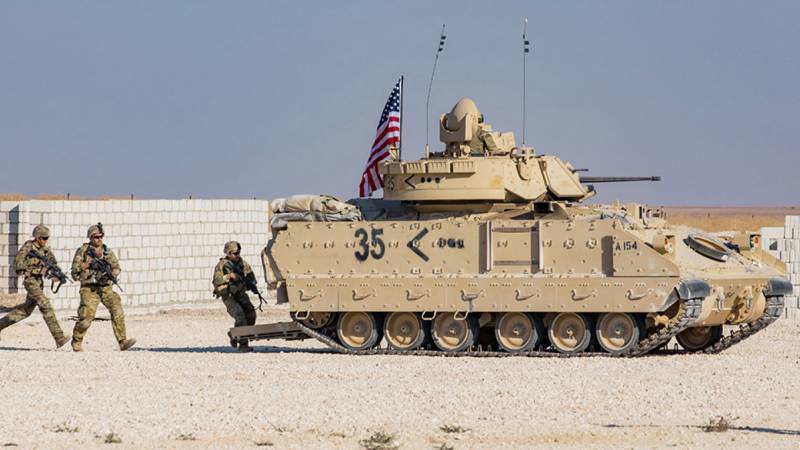
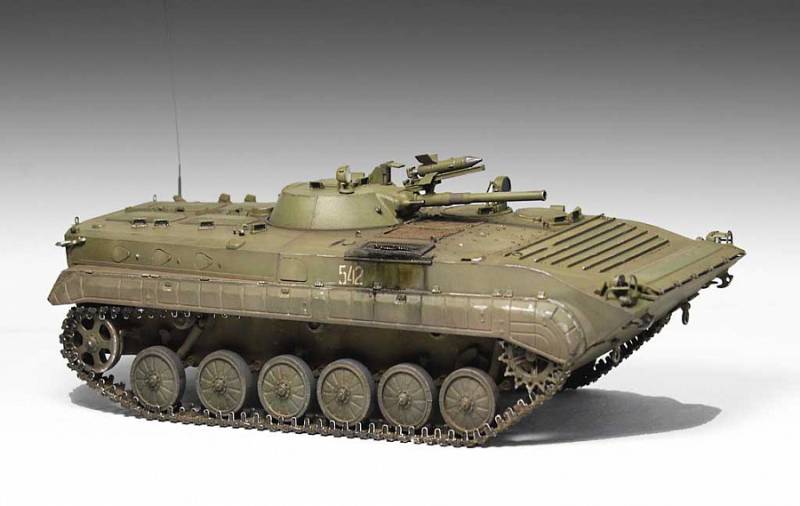
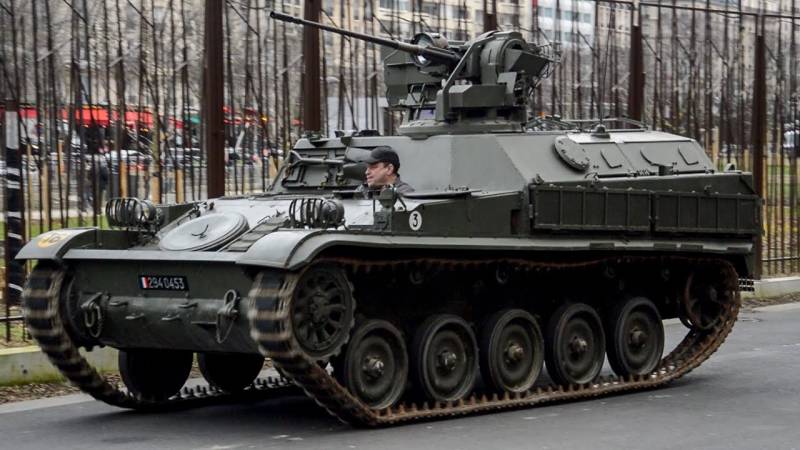
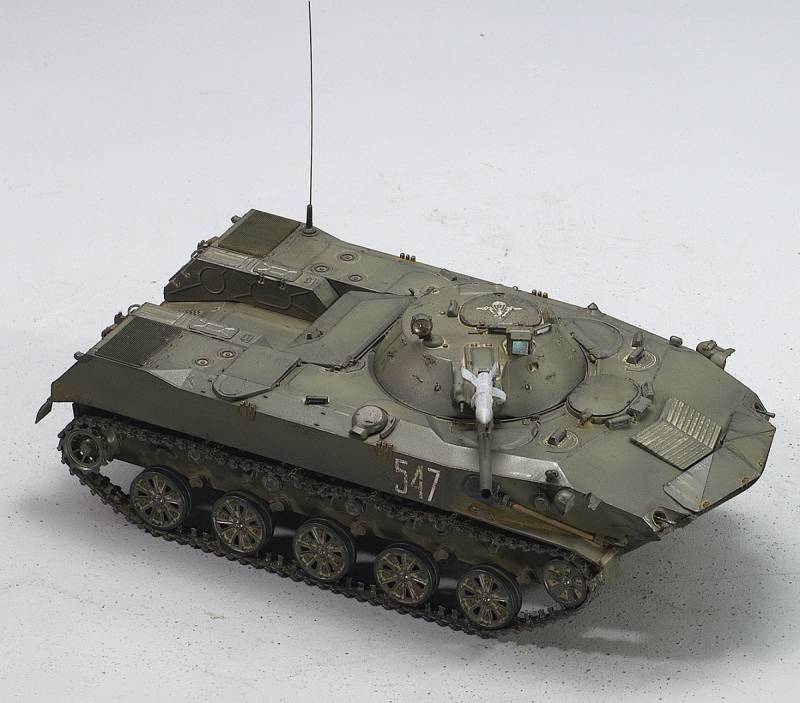
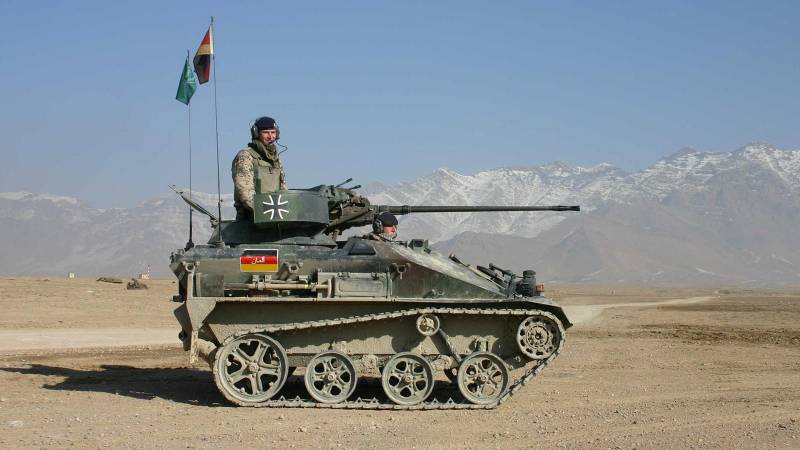
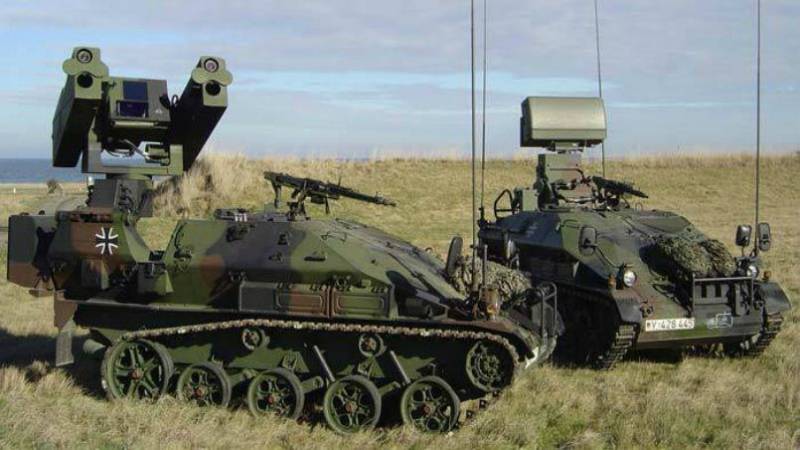
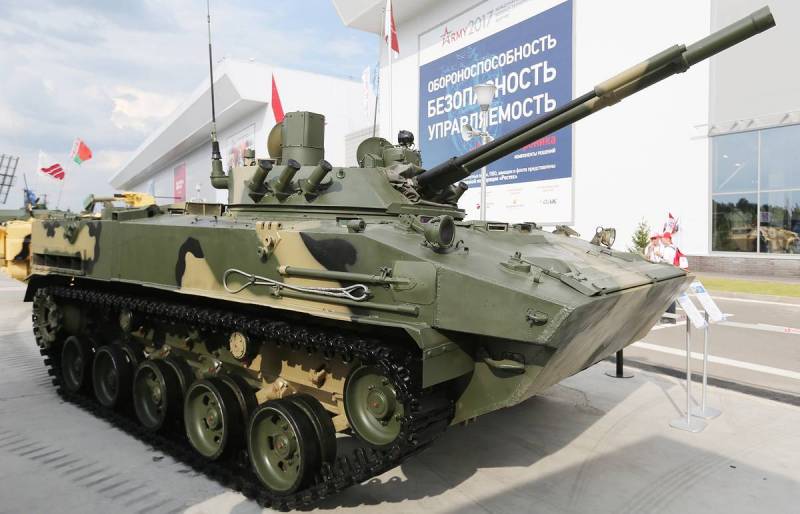
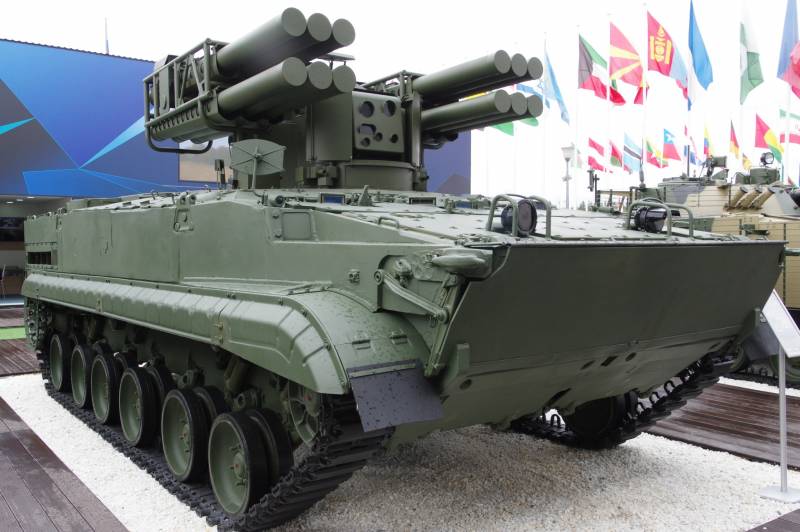
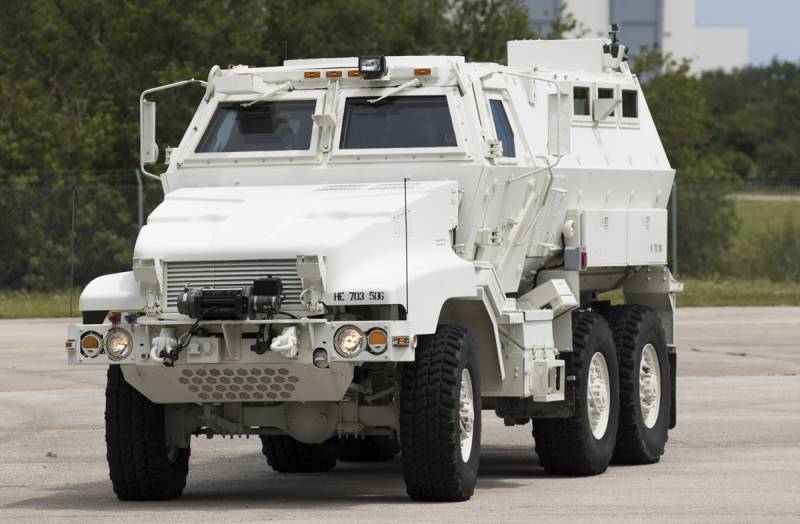
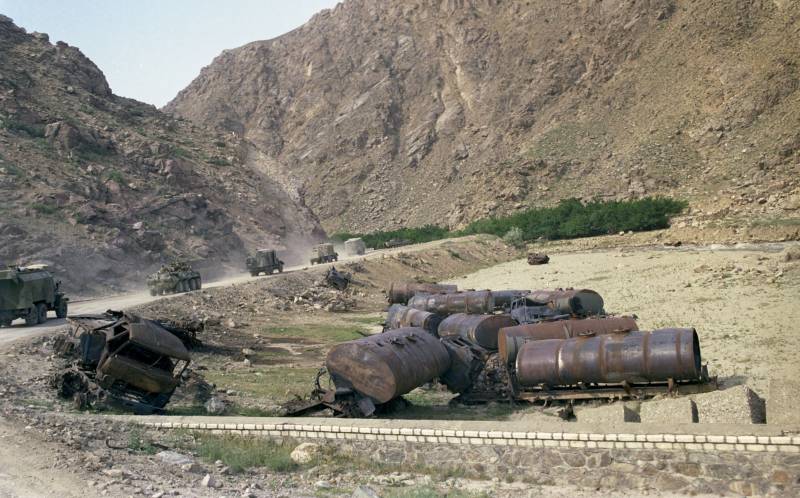
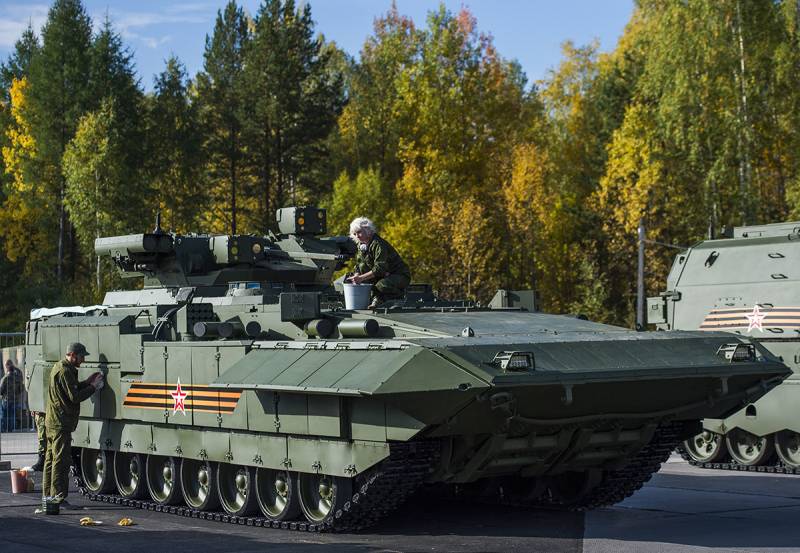
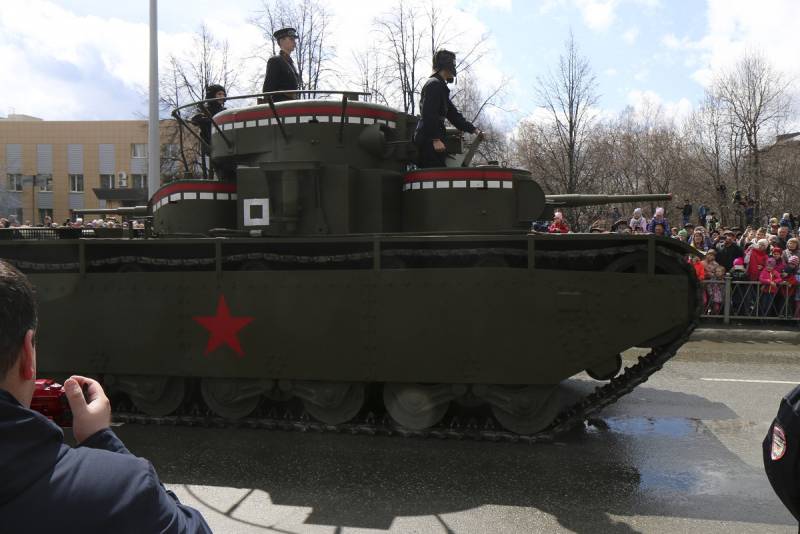
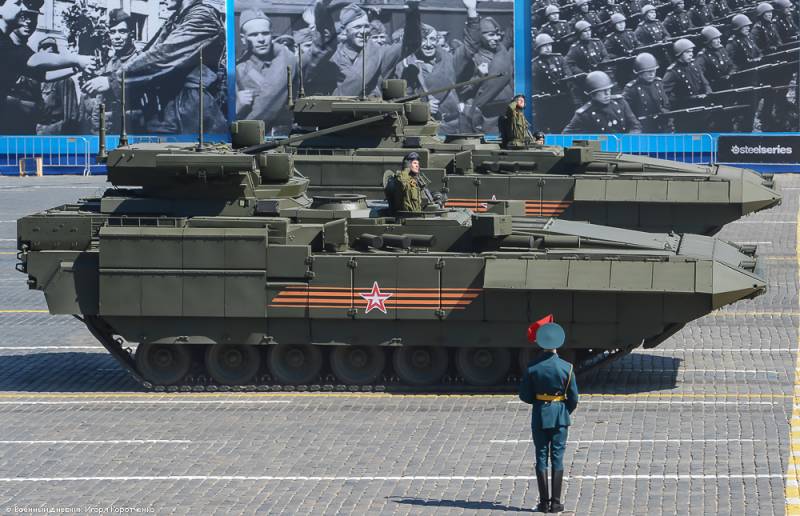
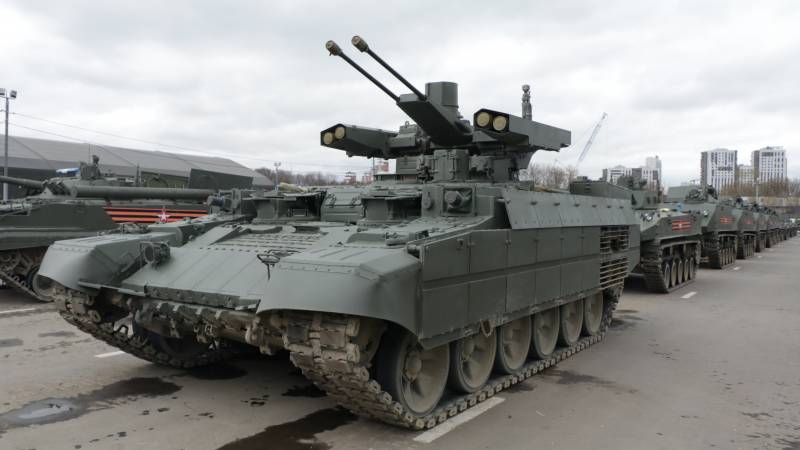
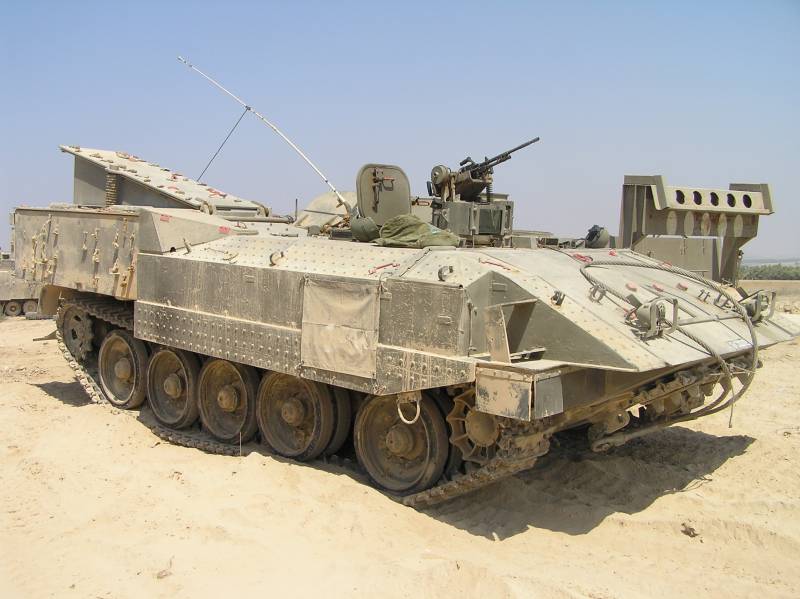
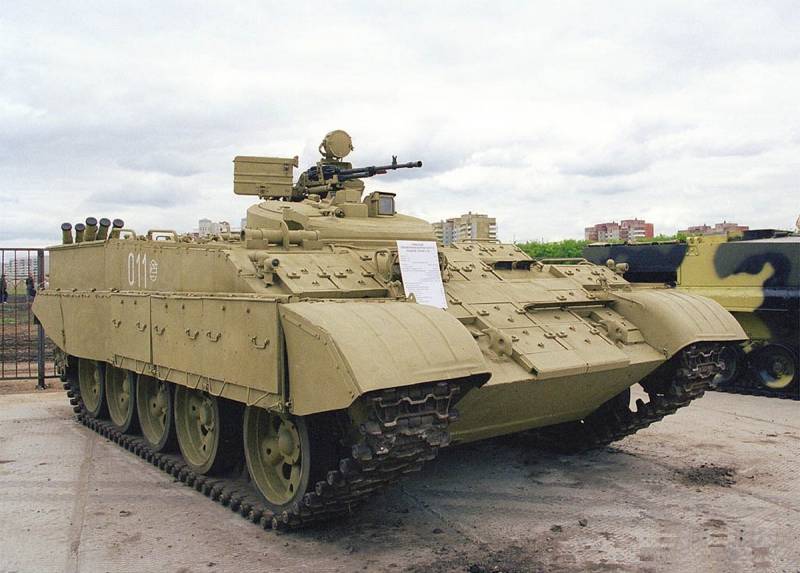
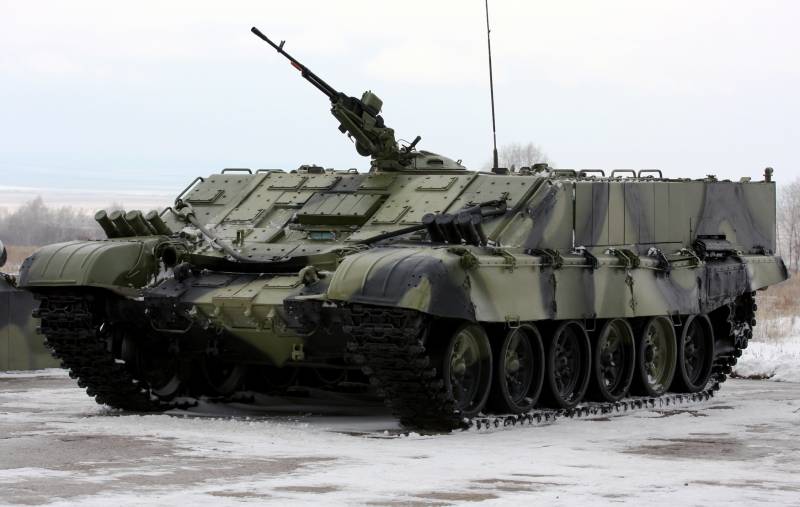
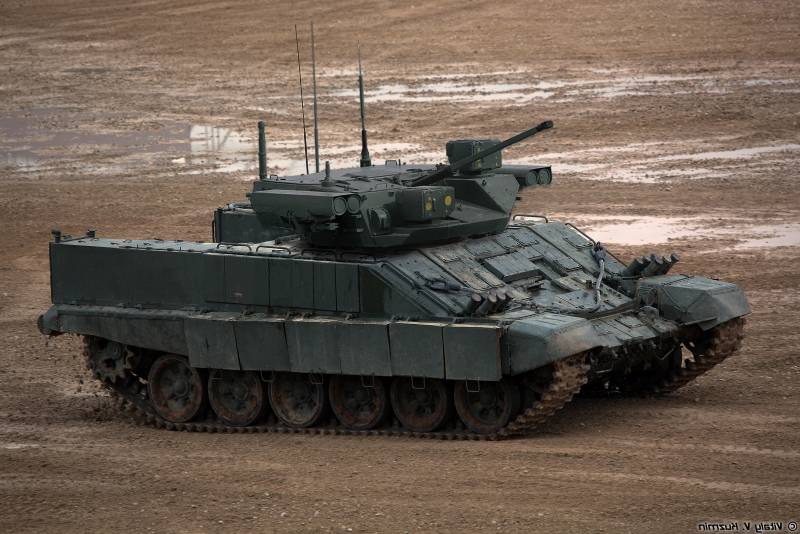
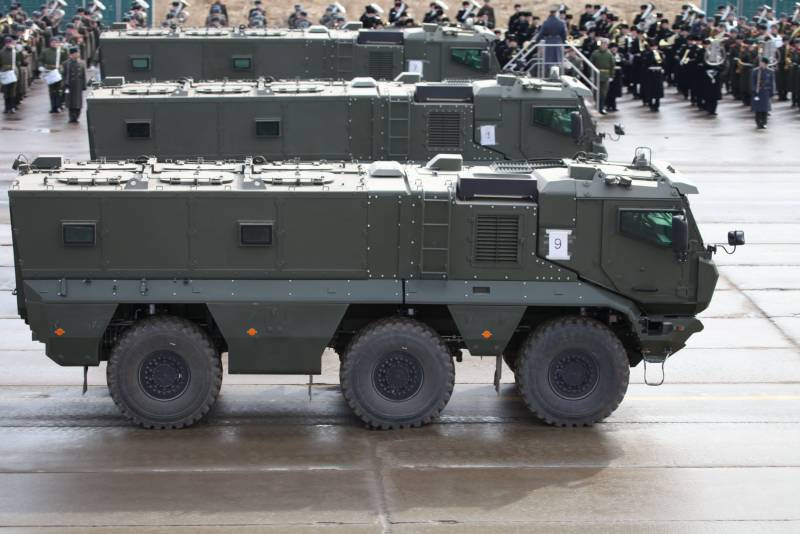
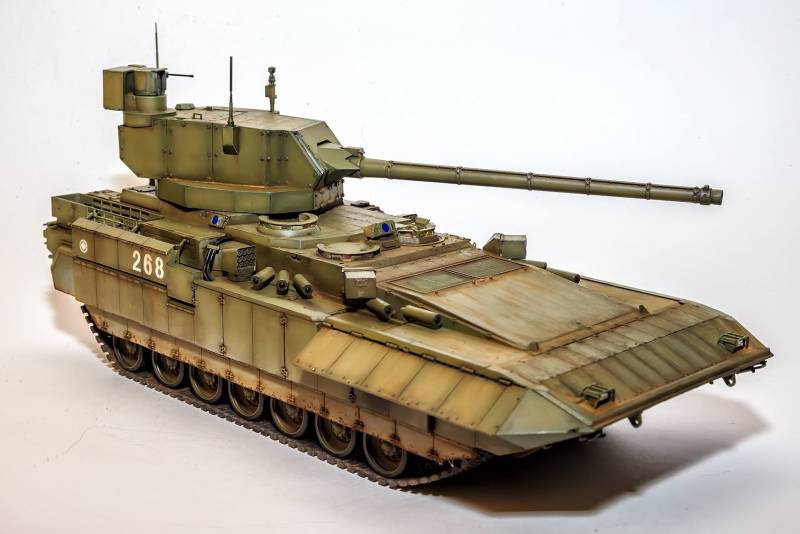
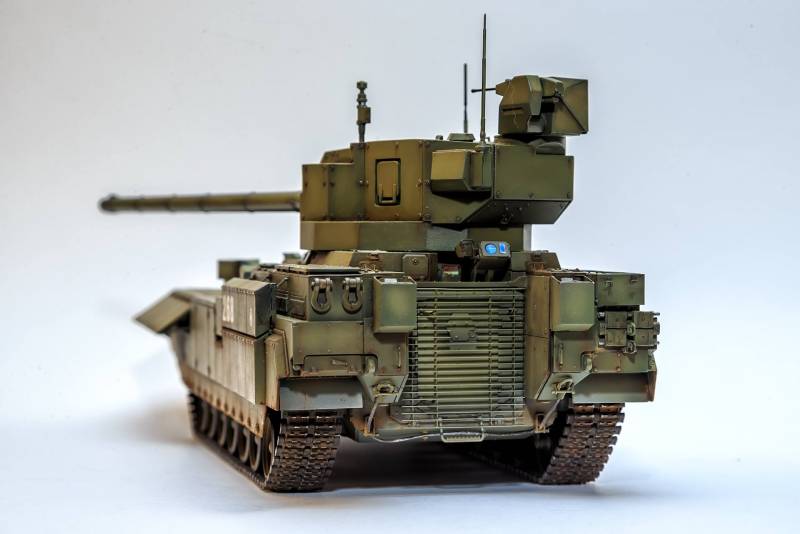
Information